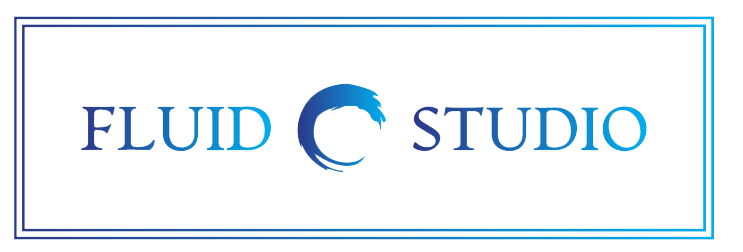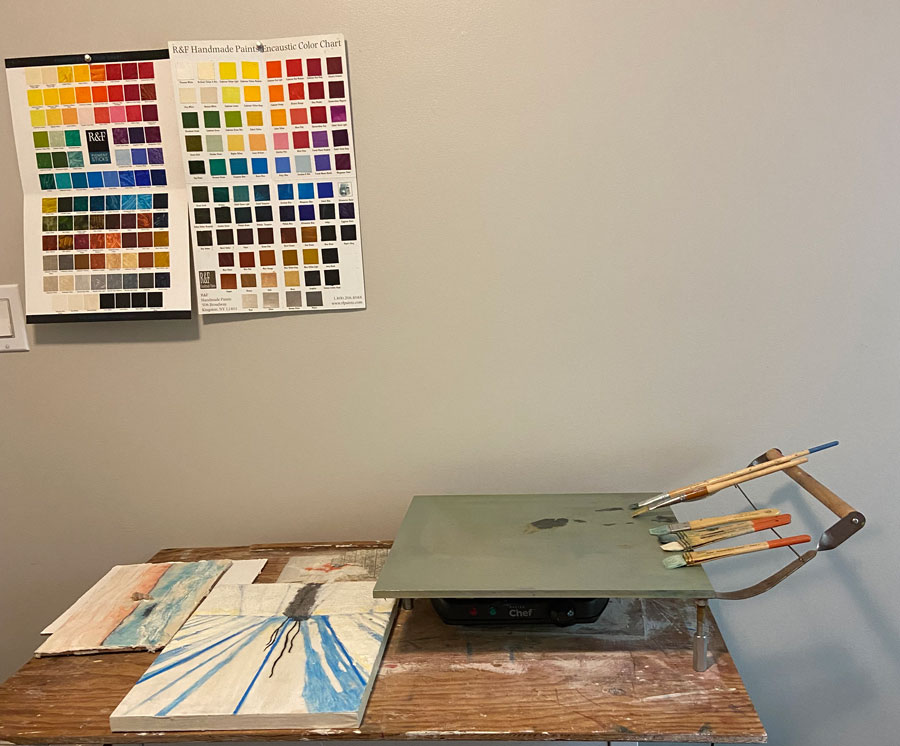What is Encaustic?
Very simply, Encaustic is a wax medium and colours which need to be melted in order to use in a painting. Think – a highly sophisticated form of crayons but with way more versatility!
There are a few different waxes artists use but I prefer the Encaustic made with beeswax and damar crystals. Actually close to what was used by a community of Greek artisans during the Greco-Roman period in Egypt (remember Cleopatra and Ptolemy?). They created realistic portraits for mummy case and the pieces discovered are known as Fayum portraits. The incredible endurance of beeswax Encaustic is evident in the excellent condition of these beautiful works.
Encaustic fell out of regular use as more easier art mediums were discovered, however things started to heat up (sorry, couldn’t resist) in the 60’s as several American artists began to explore the possibilities. The most dedicated artist was Jasper Johns who used Encaustic for his famous “Flag” series and continues to use it today. In fact, I was intrigued and inspired during my university years by watching a video of Johns working on a Flag painting. Sadly there was not much information on techniques or formula and when I finally found a formula for Encaustic it was pretty toxic.
In the 80”s things were to change radically and for the better. Richard Frumess, who eventually founded R & F Handmade Paints researched formulae for Encaustic medium and paints with remnants he found in an old encaustic factory. The rest, as they say, is history. RF Encaustic paints and medium are very safe for the artist and the environment. An Encaustic studio is filled with the wonderful aroma of beeswax and that’s all – no fumes, no nothing. I invite you to visit their website for a more extensive introduction to what they offer.
Why have I embraced Encaustic?
Apart from my first introduction through a video, I was completely sold when I took my first workshop at R & F! In fact Encaustic is my main medium since the late 90’s. For me, there is no other medium that offers glorious luminosity, texturing, layering, collaging, incorporating other mediums such as photo images. What excites and intrigues me is how versatile it is. In a class of 16, for example, everyone learns the same techniques but everyone goes in their own distinct and unique direction.
Intrigued? I invite you to take one of my workshops or classes or simply enjoy my videos as I reveal different facets of this marvelous medium.
Recommended books:
- The Art of Encaustic Painting – Joanne Materra – this was the first book written on the history and contemporary approaches to Encaustic art
- Encaustic Art. The complete guide to creating fine art with wax – Lisa Rankin –includes a history but more extensive and detailed exploration of techniques.


